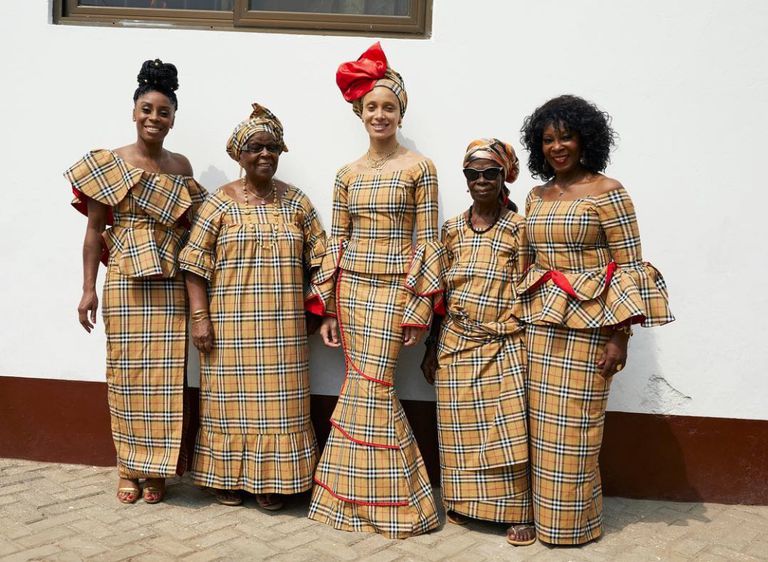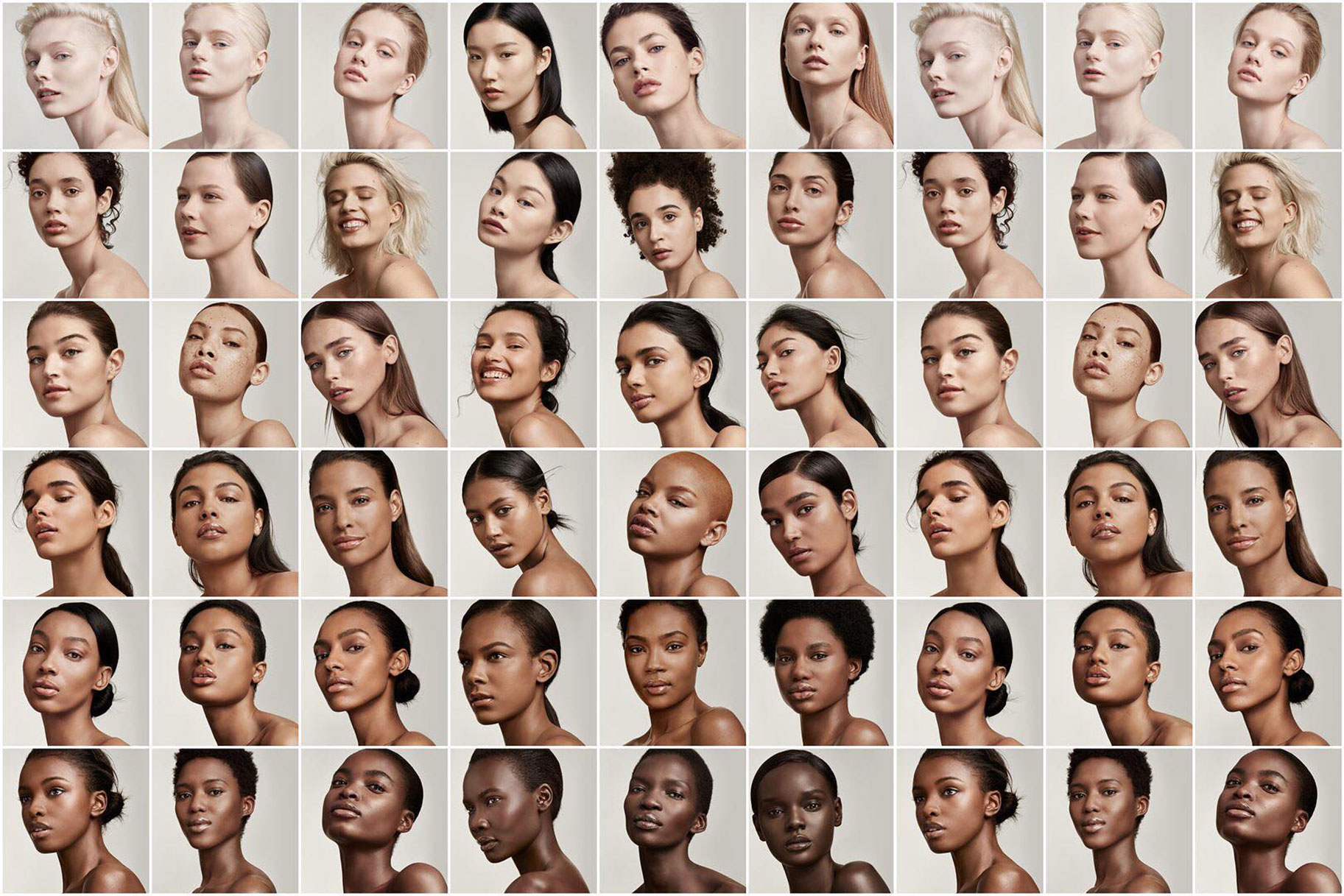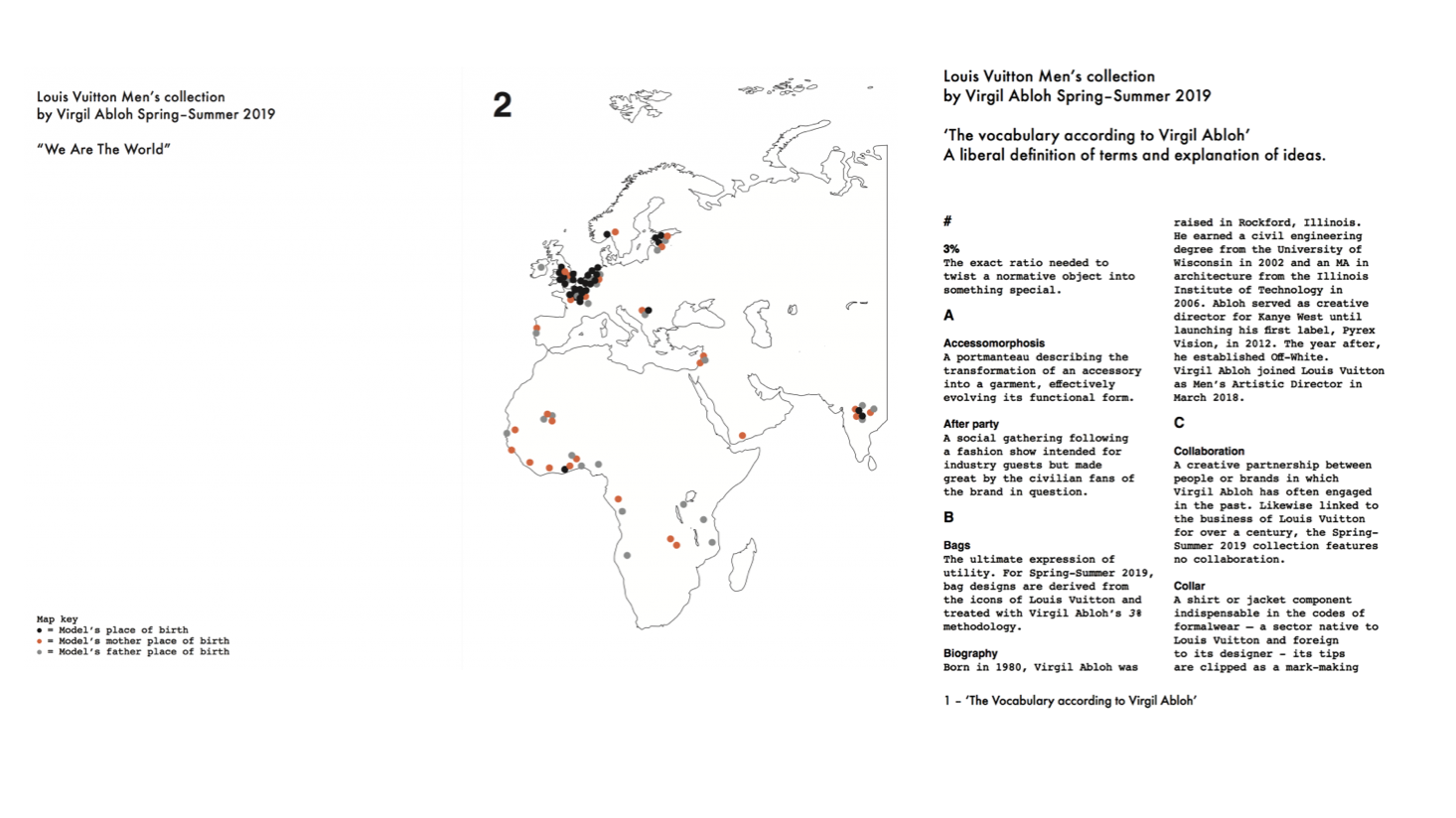Jul 15, 2018
THIS IS WHY A GENUINE APPRECIATON FOR DIVERSITY IS THE WAY TO THE FUTURE OF FASHION
Nowadays, it is hard to find a fashion company that hasn’t celebrated diversity as a new theme. So when I-D magazine interviewed me about this subject last year, I told them that I had enough of the word diversity. Owing to the fact that I had my doubts about rather the industry was seeing it as a trend or genuinely embracing it. While most companies have been playing with diversity as a new source of inspiration, it is now becoming essential to implement as part of a new way of working. But how many are able to adapt to this change?
New movements
Being a Congolese-Dutch woman in the Netherlands I am more than content to witness a time where there is need for more colour within white spaces. And I believe a part of this changes are influenced by an #Afrocentric movement, which is creating a new awareness amongst people of colour who now are using their own voice. According to Uche Pezard, CEO of Luxe Corp, this movement has been opening a more inclusive and colourful dialogue within fashion. It is not only black culture that is having more influence, there is also an African landscape with a new map of trailblazing talent in and outside the continent that is taking a seat at the table.

- British Ghanian Adwoa Aboah posing with her family in Ghana for Burberry’s AW18 campaign.
Diversity is not a trend – it’s our reality
A fair amount of cases reveal that the industry is pressured to be more open for change. And while diversity goes beyond the focus on skin-color, people are aiming to bring life to stories and spaces everybody can become part of. Professionals that are able to develop this new way of thinking are doing a good job by pushing things that reflect the zeitgeist of today. But to which extent do these actions actually solve the real ‘diversity’ issues the fashion industry is facing?
Two weeks ago I bumped into an article on linked in which was about a Primark in Antwerp which advertised a Hijab wearing model, while not allowing these same women to work with a headscarf on. So I shared my reflections:
‘’Companies that still approach diversity as a trend, are constantly missing the boat. These are organisations that are in need of new procedures where they have to learn to create a genuine appreciation of diversity. It starts with restructuring your organisation: by working from the inside to the outside and not the other way around. That is when you get this.’’
So now and then I do see articles and campaigns meant to speak to a broader audience. And I also meet fashion professionals who feel the need to create space for new communities and conversations. But the questions remain, if the interest in new conversations is in line with more interest in new people within their organisations?
Changes within organisations
At the other side there are already companies who are willing to learn from their mistakes by changing from the inside to the outside. H&M is a good example that made a new step hiring a Diversity Manager, after being accused for a racist image on their webshop. Realizing the act was a result of lack of diversity within their decision-making teams. The world is changing and these big fashion houses do not want to stay behind. But how will this new world look like?
Changes within the consumer landscape
The coming 30 years some of the countries with the world’s biggest populations will be China, India and Nigeria. This growth will not only influence the global population, it will also have an affect on the global world of fashion. Globalisation is real and if you for instance take a look at the beauty industry, there have been remarkable changes within a very short time – winning the hearts of a bigger group of consumers. Take Fenty Beauty by Rihanna who launched the most inclusive foundation collection and sold-out in no time.

- Rihanna launches the most inclusive beauty brand
Thanks to the online world, the participation of new voices can’t be ignored anymore. Despite of that we still see a lot of companies trying to create for a more divers group of people without working with a divers group of people. Which for me is the same such as using google translate for a full article, while you can work with someone who fluently speaks the language, in order to get it right. Not including the bearers of the stories does not only make the act less genuine; there is also a chance you get attacked on the intenet. In search of change, the fashion industry is in need of more professionals that are able to look from different perspectives and can be the voice for communities who’s stories have been stayed untold. It is time for a new fashion conversation.
‘’It’s the end of fashion as we know it’’
Lidewij Edelkoort
Every ending has a new beginning.
I believe that we should feel privileged to be part of this fashion era, where the rules are being broken. Something that was already clear when respected trend forecaster Lidewij Edelkoort, stated that ‘fashion is dead’. For me this means that everything that we knew is being relooked. And we are getting the opportunity to repair a broken system that has lacked to create a space for everyone. And it is not a surprise that this meaning is being found within a novel generation that is growing up in a time where they are connected to the rest of the world.
Let’s have a look at the ground-breaking move by French fashion house Louis Vuitton that appointed Virgil Abloh as the new artistic director for their menswear collection. Alongside the fact, that he is the first black and African director within the company, he is also young man with no academic fashion background. Yet, he has been running one of the most successful brands in this era: Off White.
Being part of a generation of change-makers Virgil was determined to celebrate this change within his debuted Louis Vuitton collection this year. Which was not only seen in the fashion crowd that sat front row at the SS19 show, also the message behind his runway clearly made a statement. Each attendee was given a world map where they could track the birthplace of all the models that were part of the runway, linked to LV’s travel DNA. If that wasn’t pioneering enough, Virgil also introduced a new vocabulary with his collection.

‘’It is time to speak to the new generation’’
To break it down, I believe this unconventional shift made by Louis Vuitton and the meaning Virgil has been able to give to it, is a reflection of the many possibilities we have to solve the diversity issues within fashion today. Organisations such as LV who have been at the front of fashion are being challenged to hold their position by breaking traditions. Cause only the ones who dare to change from within by travelling around the world, welcome new faces to speak new languages, will become part of something bigger, richer: the future of fashion.


